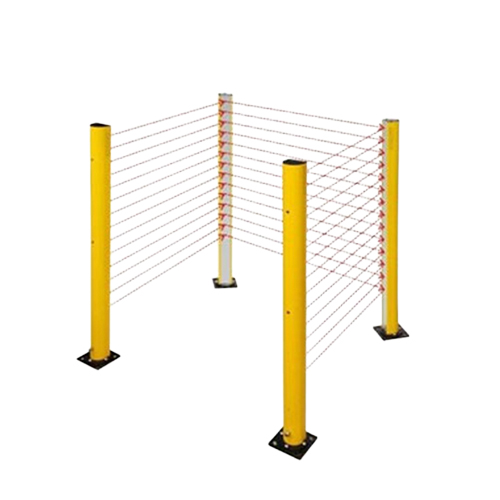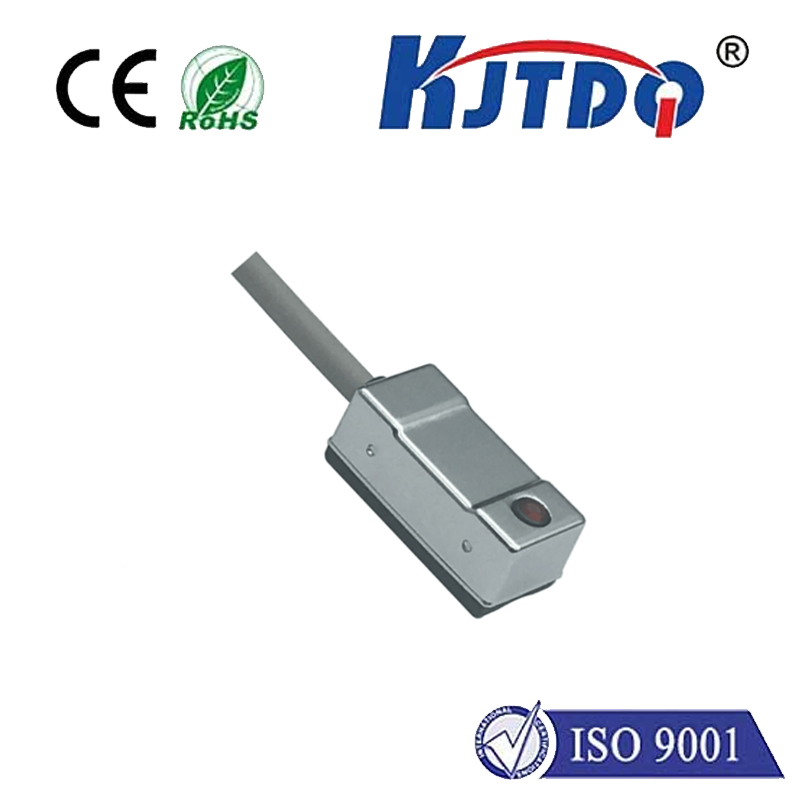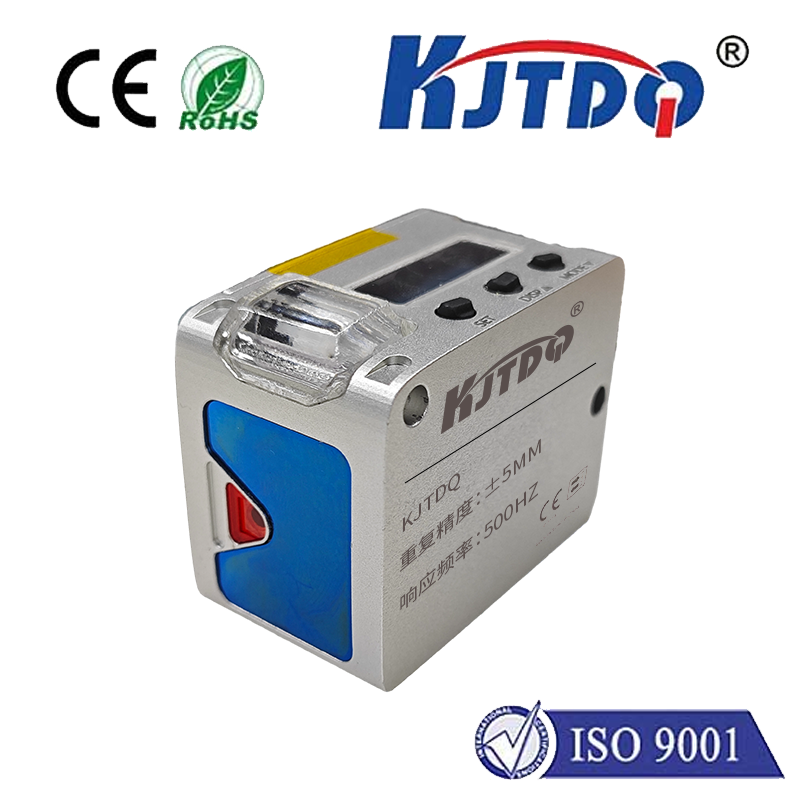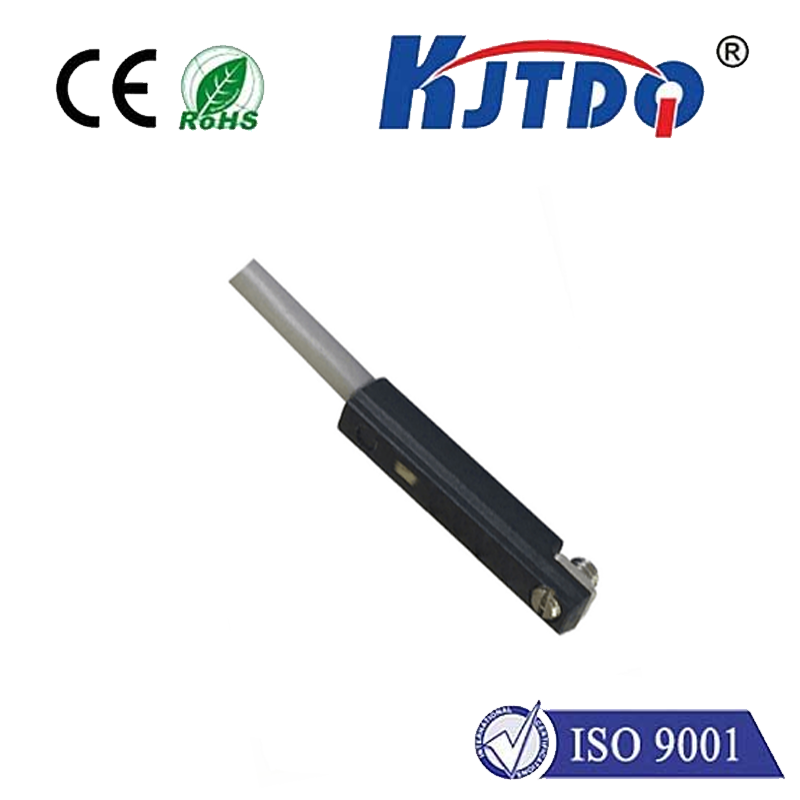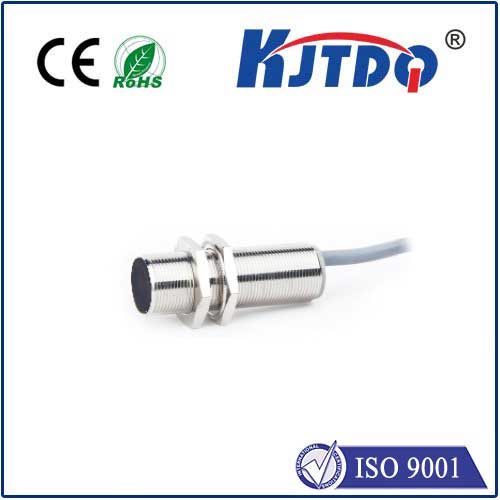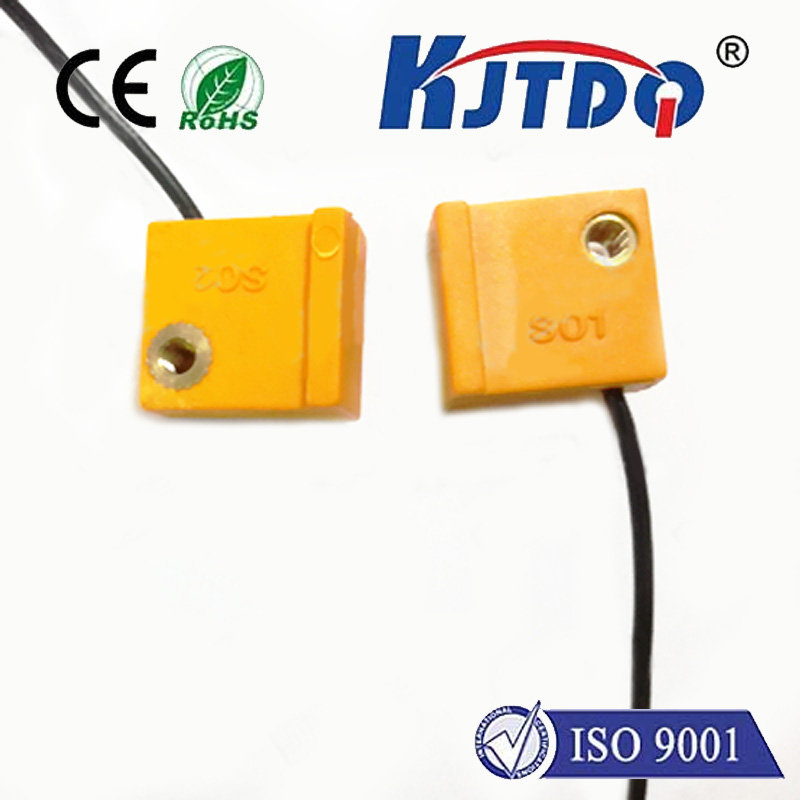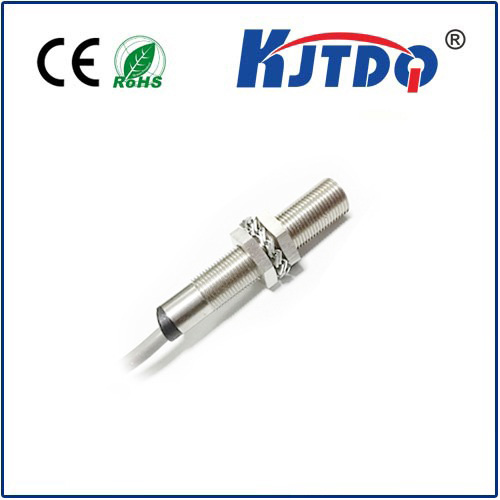датчик электрического сближения
- time:2025-07-09 00:35:17
- Нажмите:0
The Silent Guardian: How Electrical Proximity Sensors Transform Industrial Automation
Imagine a robotic arm gliding towards its target with pinpoint accuracy, stopping just millimeters away without any physical contact. Or picture high-speed packaging lines where products zip along a conveyor, counted and sorted flawlessly as they pass unseen checkpoints. This isn’t magic; it’s the everyday reality powered by the unsung heroes of automation: electrical proximity sensors. These compact, reliable devices silently detect the presence or absence of nearby objects, forming the essential sensory foundation for countless modern industrial processes.
How Do Electrical Proximity Sensors Work?
At their core, electrical proximity sensors operate on the principle of electromagnetic induction. The most common type, the индукционный датчик приближения, contains an oscillator circuit that generates a high-frequency electromagnetic field emanating from the sensor’s active face. When a metallic target enters this field, it induces tiny electrical currents (eddy currents) within the target material. This disturbance effectively “loads” the oscillator, causing a measurable change – typically a reduction in oscillation amplitude. An internal signal conditioning circuit detects this change and triggers an electronic switch (solid-state output), signaling the presence of the target.
Other types operate on slightly different principles:

- Capacitive Proximity Sensors: Detect both metallic and non-metallic materials (plastics, liquids, wood) by sensing changes in capacitance caused by the target disrupting an electrostatic field. Ideal for level detection or seeing through non-conductive barriers.
- Ultrasonic Proximity Sensors: Emit high-frequency sound waves and detect their echo. Measure the time-of-flight to determine presence and distance. Excellent for detecting objects regardless of material, even clear liquids or glass, and over longer ranges.
Regardless of type, the defining characteristic is non-contact detection. This is critical in environments demanding speed, hygiene, or protection against physical wear and damage.
Ubiquitous Applications Across Industries
The simplicity, reliability, and robustness of electrical proximity sensors make them indispensable across sectors:
- Производство: Monitoring production lines for object presence/absence (end of stroke, part in place), counting products, verifying assembly completion, tool breakage detection on CNC machines, and controlling robotic movements.
- Перевозка материалов: Detecting position of pallets, containers, or lifts on conveyors; initiating/stopping belt movements; and ensuring safe positioning in automated warehouses.
- Packaging: Verifying container fill levels, detecting labels or closures, controlling carton folding/gluing sequences, and ensuring precise filling station activation.
- Automotive: Used extensively in assembly robots for component placement, paint shop automation, engine testing rigs, and position feedback on moving parts.
- Food & Beverage/Pharmaceutical: Utilizing washdown-rated capacitive or ultrasonic sensors for hygienic level detection in tanks, bottle/cap presence control, and conveyor tracking where contamination is a concern.
The Compelling Advantages: More Than Just Detection
Why choose electrical proximity sensors over mechanical limit switches or other sensing methods?
- Non-Contact Operation: Eliminates physical wear and tear, ensuring long operational life and minimal maintenance. Prevents damage to delicate targets or the sensor itself.
- High Reliability & Speed: Solid-state electronics enable incredibly fast response times (microseconds to milliseconds), essential for high-speed automation. They operate reliably in millions of cycles.
- Прочная структура: Typically housed in rugged materials (stainless steel, PBT plastic) with high Ingress Protection (IP) ratings, making them resistant to dust, dirt, moisture, oils, and chemicals found in harsh industrial environments.
- Многогранность: Available in diverse shapes, sizes, sensing ranges, and output configurations (NPN/PNP, NO/NC, analog) to suit virtually any application.
- Real-Time Monitoring: Provide continuous, instantaneous feedback to controllers (PLCs, robots), enabling precise control and rapid system adjustments.
- Cost-Effectiveness: Relatively low cost compared to the value they deliver in terms of improved efficiency, reduced downtime, and enhanced safety.
Key Considerations for Optimal Performance
Selecting and implementing the right proximity sensor requires attention to detail:
- Target Material: Inductive sensors require metallic targets. Capacitive sensors detect nearly anything but vary in sensitivity. Ultrasonic works best on solid surfaces. Always check sensor specifications.
- Sensing Range (Sn): The rated operating distance. Real-world effective range can be affected by target size, shape, material, temperature, and surrounding metal. Mounting flush or non-flush also impacts performance.
- Environment: Consider temperature extremes, potential for physical impact, exposure to chemicals/coolants, and electrical noise. Choose sensors with appropriate IP ratings and temperature ranges.
- Output Type: Match the sensor’s output (e.g., 3-wire DC NPN sinking, PNP sourcing, 2-wire AC/DC) to the input requirements of your PLC or controller.
- Installation & Alignment: Proper mounting and alignment relative to the target path are critical for consistent detection. Avoid mounting multiple sensors too close together where fields might interfere.
The Future is Present
Electrical proximity sensors are neither new nor flashy technology. They represent decades of refinement. Yet, their fundamental role in enabling safe, efficient, and intelligent automation is undeniable. As factories become smarter and processes more demanding, the reliable, non-contact detection offered by proximity sensors remains a cornerstone technology. Their ability to provide instant, robust feedback in challenging environments continues to fuel the evolution of modern manufacturing and countless other industries, proving that sometimes the most powerful solutions are the ones working quietly and reliably in the background.

